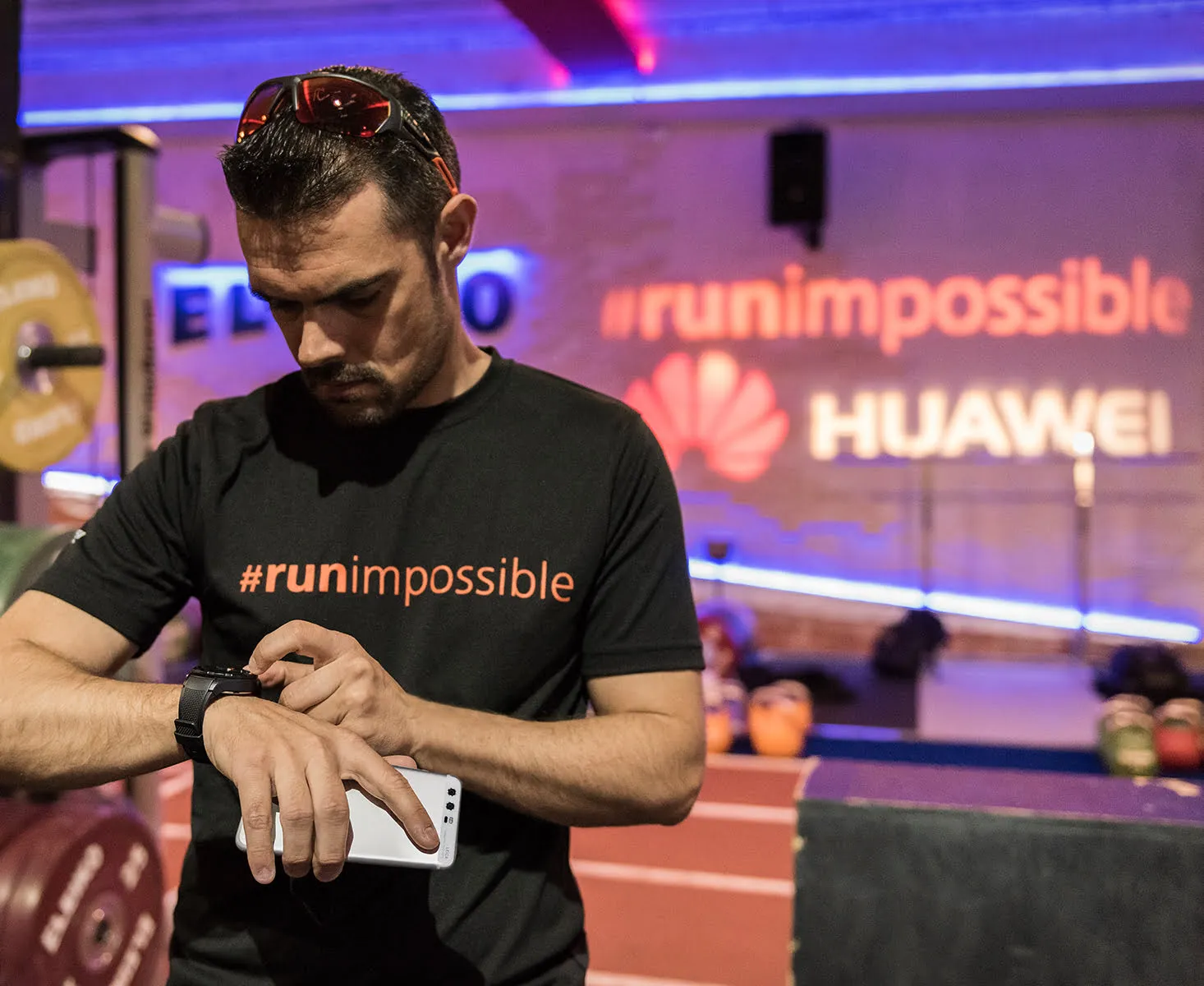“It’s hard not to be romantic about baseball.” – Billy Beane
In the 2011 Academy Award-nominated film Moneyball, Billy Beane (portrayed by Brad Pitt) responds with the statement above when asked about his team winning 20 straight games. They did so after he employed a data-driven approach to managing the Oakland Athletics; a strategy that had never been executed before (nor had a team ever had a similar winning streak). Despite Billy’s success, much of baseball, including his head scout at the time, resisted the A’s newfangled approach to fielding a winning team. But why exactly?
To put it simply, baseball as an institution is steeped in tradition. It’s bringing your glove to the ballpark hoping to catch a foul ball. It’s chewing sunflower seeds until your cheeks turn raw. It is veteran scouts wearing sun hats behind home plate, waxing poetic about a certain player’s swing or arm slot. This is how it’s always been, and when something or someone threatens to change that, the lifers tend to squirm.
Since the events of Moneyball took place back in the early 2000’s, baseball’s tradition-based framework has seen itself uprooted and redefined. And, just like baseball, marketing and branding is a space that has been built on “traditional” strategies. Yesterday’s framework was print ads, TV spots, slogans, and logos. Today’s strategy is about data, humanization, values, and experiences. Just like baseball, the landscape is rapidly changing, and brands need to adapt, or they will become obsolete. It doesn’t mean that traditional media has no value – but it does mean that a traditional approach alone isn’t enough.
In the baseball world, today is opening day. It always arrives with a sense of optimism and possibilities. In honor of opening day, our team at A Little Bird took a look at the ways in which baseball has been forced to reckon with the new world and examine how brands should approach marketing as we head into the next “season.”
Zeros over heroes: old school versus the new school of baseball
When it comes to baseball and marketing, there is a push and pull between the old school and the new. In baseball, for example, old school wisdom meant that starting pitchers put on their Superman cape and stay in for the long haul. They were expected to pitch as long and often as possible. So, it is of no surprise that a starting pitcher’s success was based on his win-loss record, namely the number of wins.
Today, however, is about the ones and zeros. Advanced metrics and analytics have resulted in dramatically different outcomes in determining success. For example, in 2018, New York Mets’ starting pitcher Jacob deGrom won the NL Cy Young Award despite recording only 10 wins. The runner-up, Max Scherzer of the Washington Nationals won 8 more games than deGrom.
The why over the what: traditional versus modern branding
In the world of marketing, tradition determines that the product, features, and benefits always take center stage. The classic and well-known “4 Ps” (Product, Place, Price, and Promotion) ruled marketing strategy for decades and are still applied by some brands today. The idea centers around communicating the “what” and “how” and then couching that message in creative elements that play to our perceived values and/or desires. Tradition in marketing is Don Draper of Mad Men, clouded in cigarette smoke and dripping of masculine charm, selling the Kodak slide projector as a portable nostalgia generator.
Modern marketing still cares about the product and service, there is no doubt. But in a world where brand names mean less and less, focusing solely on these 4 Ps isn’t an effective long-term strategy. An article in Adage explains this in exploring how the majority of millennials are unaffected by traditional branding. It asserts that, “hammering away at the benefits of ‘cleaner, whiter and brighter’ in mass media does not resonate with a demographic swayed by intangibles such as community and sustainability.”
Brands need to shift from the “what” and “how” and focus on the “why.” Why do you exist? What does your brand stand for? Why should anyone else care?
There are a new set of 4 Ps that we would like to propose: Purpose, Passion, Perspective, and People. And like the new school of baseball, brands can achieve success using qualitative and quantitative data. And when it comes to branding, human feedback and human design should guide brand positioning and audience engagement. And this human design doesn’t begin and end with consumer-based campaigns, but internal initiatives such as culture building, visioning, brand identity, and more. If brands are more than the product, then employee input – those who arguably make up the brand’s mind, heart and soul – is just as critical.
A nod to the old school: embracing the human experience
Because of advanced metrics, baseball today is both played and evaluated on a vastly different scale than its traditional roots. The future of baseball’s success as a spectator sport, however, will still be based on the fan’s experience. As Will Hong, our Head of Strategy pointed out, “Baseball fans tend to possess an uncanny ability to remember stats. It’s not because they have outstanding memories. It’s because these data points are connected to an emotion, a story, an experience.” Experiences matter. It’s why baseball fans remember batting averages, but it’s also why research shows that “eighty-five percent of consumers are likely to purchase after participating in events and experiences, and over 90% have more positive feelings about brands after attending.” And when it comes to our younger “power-consumers,” millennials, research finds that they are leading the experience-driven economy. A Harris Group study showed that 72 percent of millennials prefer to spend money on experiences over material things.
Consumers don’t want to be interrupted by marketing. Generally-speaking, they recoil from (or just skip) commercials and pop-up ads. They desire community, connection, and meaningful relationships. As our very own Will Hong went on to point out, “consumerism today is not about transactions and products; it’s about relationships and values.” In this case, the old school takes a point. In baseball and branding, human perspectives and feelings matter. And, for marketing, brand experiences are the way forward.
The data will set you free: “a Moneyball approach” to modern marketing
Like in baseball, over the last few decades, we’ve seen a new generation of marketers come in and leverage data-mining strategies that have changed the marketing landscape as we know it. In fact, data-driven marketing is now the norm. Today, 88 percent of marketers surveyed by Forbes use data obtained by third parties to enhance their understanding of each customer. In the same study, 66 percent of marketing data was used to better focus on targeting offers, messages, and content – and for good reason. Forbes also found that companies utilizing data-driven marketing tactics are sixtimes more likely to be profitable year over year. Six.So needless to say, whether you’re coaching the Boston Red Sox or running the Boston Beer Company, a data-driven strategy makes sense.
Are you ready for the season?
Opening day is upon us. It’s the time where opportunities abound, and every team in baseball has hope. Today can also be a new day for your brand when it comes to building smart marketing campaigns.
And as for last season? Forget about it. It doesn’t matter if you won 100 games or none at all. Just like in baseball, in marketing it’s never too late to adjust course and be better. To have a clear vision of the game, brands must take a data-driven approach to brand building and marketing. And, just like in baseball, there is value in the romance, in being human. Marketing today is about relationships, love, and brand affinity. To ignore our gut and what drives us would diminish from the “why” that is so critical to the consumers we want to connect with.
If you can’t already tell, for some of us, it’s hard not be romantic about marketing and branding, too.







